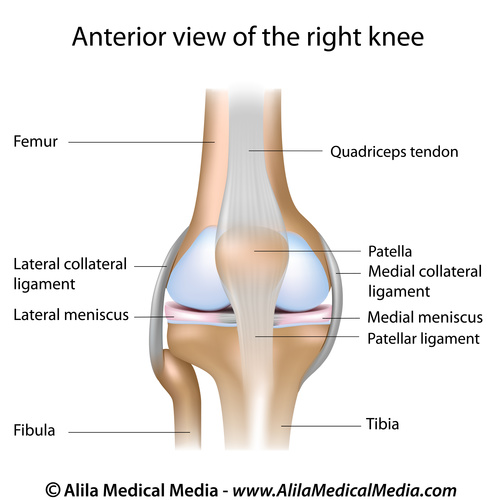Specializing in Minimally Invasive Knee Surgery
We specialize in minimally invasive knee surgery, a quadriceps-sparing technique that allows rapid rehabilitation following total knee replacement, including faster return to full knee motion with markedly improved pain control and shorter hospital stays.
In other words, we can perform a total knee arthroplasty—resurfacing the femur, tibia, and knee cap, as well as re-aligning the leg—through a small incision.
Learn about the anatomy of the knee, common conditions we see, our approach, and additional resources.
Common Conditions
Knee arthritis can make it hard to do many everyday activities, such as walking or climbing stairs. It is a major cause of lost work time and a serious disability for many people. Although there is no cure for arthritis, there are many treatment options available to help manage pain and keep people active.
There are more than 100 different forms of arthritis, although the most common are osteoarthritis and rheumatoid arthritis.
Meniscal tears are among the most common knee injuries. Anyone at any age can tear a meniscus. When people talk about torn cartilage in the knee, they are usually referring to a torn meniscus.
Surgical Approach to Knee Pain

The knee is the largest and strongest joint in your body. It is made up of the lower end of the femur (thigh bone), the upper end of the tibia (shin bone), and the patella (kneecap).
The three bones meet at your knee joint, where they are covered with a smooth substance known as articular cartilage. This protects and cushions the bones as you move, and that in turn is surrounded by a thin sack that provides nutrition to the cartilage.